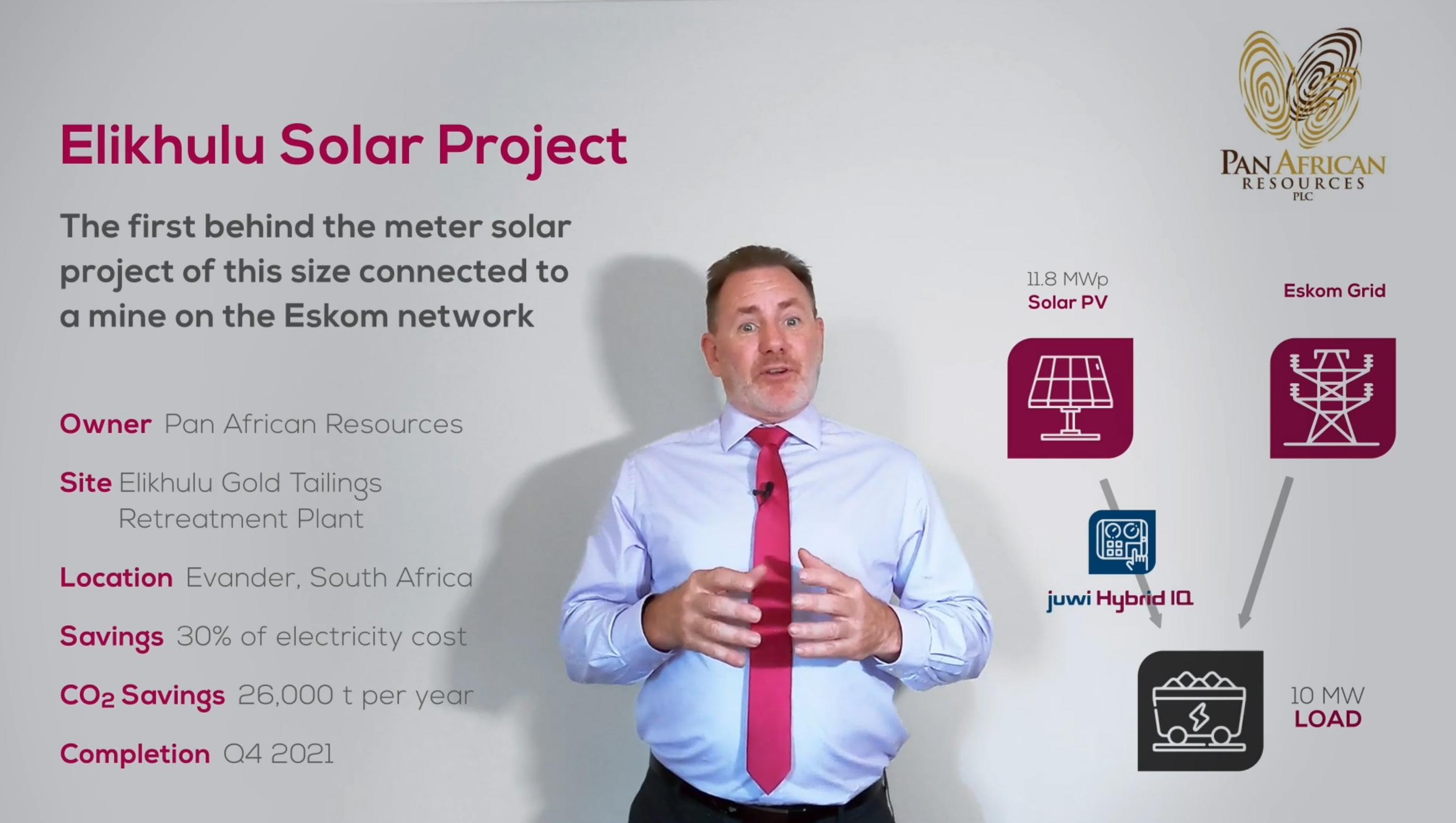
3 minute read
Pod 1: Roadmap to net-zero mining

Torys’ Partner Tyson Dyck chairs the opening panel with Aurora Davidson, President and CEO, Amerigo Resources Andrea Vaccari, Director – Responsible Production Frameworks & Sustainability, Freeport-McMoran; Sunil Kumar, VP – Energy Strategy and Engineering, Kinross Gold; Scott Maloney, VP Environment, Teck Resources
The first topic to be discussed at the conference was the roadmap to net-zero mining. With the majority of mining majors now having set a 2050 net-zero target, the attention has shifted to how exactly they plan to achieve this.
Advertisement
In a panel on identifying these pathways to net-zero, speakers noted that context is of the utmost importance. “There certainly isn’t a one size fits all approach to target setting; each company has its unique opportunities and challenges based on their jurisdiction, availability of clean power supply, etc,” said moderator Tyson Dyck, a Partner at Torys. For instance, Teck Resources Vice President of Environment Scott Maloney explained that since his company’s assets are located in Chile and British Columbia, where zero-carbon electricity is abundant, it had a clear path to net-zero. “We’ve set ambitious targets because we’re starting from a very good place,” he said.
In the process of defining their interim 2030 targets, many miners have resorted to a similar strategy: first, improving efficiency and adopting readily available technologies; second, shifting power to renewable sources; and third, exploring emerging technologies, particularly around fleet decarbonisation.

David Manning, Global Head of Hybrid, juwi Renewable Energies discusses the Elikhulu Solar Project
Newmont, for instance, is currently evaluating a shift to renewable energy at the Boddington and Tanami mines (Australia), Peñosquito (Mexico) and Yanacocha (Peru). “This will be capital-intensive but will get us close to our 2030 target,” said Dean Gehring, the company’s Executive Vice President and Chief Technology Officer, in his keynote address.
As for the technologies needed for fleet and processing decarbonisation, which are currently less mature, he warned that miners will have to work and partner in ways they never have before. “Mining companies will need scale, strong partners and a centralized approach to develop and implement the technologies needed to meet our 2030 targets,” he added.
At the same time, global decarbonisation goals will be a significant driver for mining operations, specifically for green technology minerals like lithium, nickel, graphite, manganese, copper and others. “The International Energy Agency’s bottom up assessment of energy policy suggests that the world is currently on track for a doubling of mineral requirements for clean energy technologies by 2040. However, a concerted effort to reach the goal of the Paris Agreement would mean quadrupling mineral requirements by 2040,” noted Dave Manning, Head of Hybrid at juwi Renewable Energy.
TYSON DYCK PARTNER TORYS

Slide from Dean Gehring’s presentation Manning, Global Head of Hybrid at juwi Renewable Energy.
One of the practical ways to define a net-zero roadmap aligned with economic performance is to make use of banks’ growing lines of sustainability-linked loans. For instance, Polymetal has received sustainability-linked loans from ING, Societe Generale, Raffeisen Bank and UniCredit, whereby the miner could benefit from lower interest rates when hitting sustainability KPIs. “Positive ESG results may decrease loan margin by up to 30 basis points,” said Polymetal’s Chief Sustainability Officer, Daria Gonchrova.
There are tremendous commercial opportunities ahead for miners that put in place an achievable plan to decarbonise their operations, but ‘achievable’ is the key word. “With the 30% reduction by 2030 barrelling closer by the minute, a clear plan with options that are actually achievable in the short term is vitally important,” warned Ngaire Tranter, General Manager, RPM ESG at RPMGlobal.
DEAN GEHRING EXECUTIVE VICE PRESIDENT AND CHIEF TECHNOLOGY OFFICER NEWMONT






